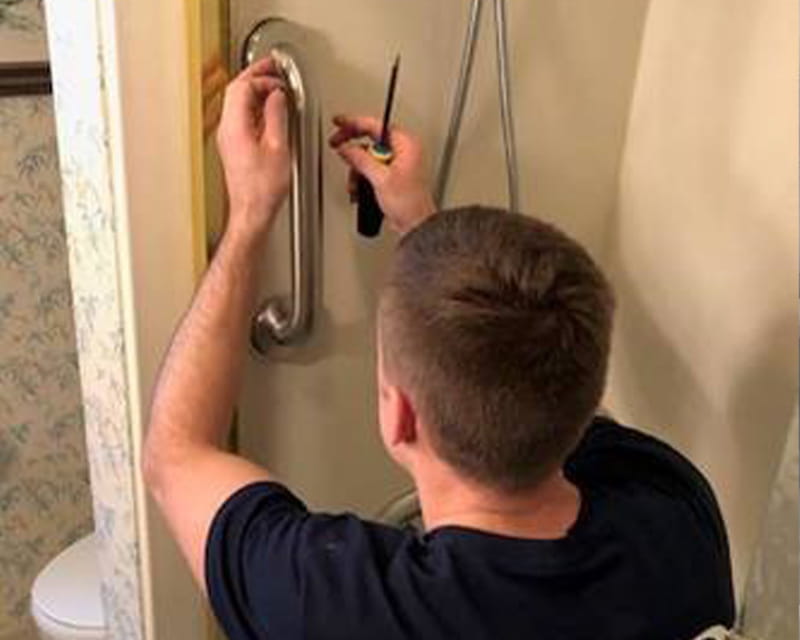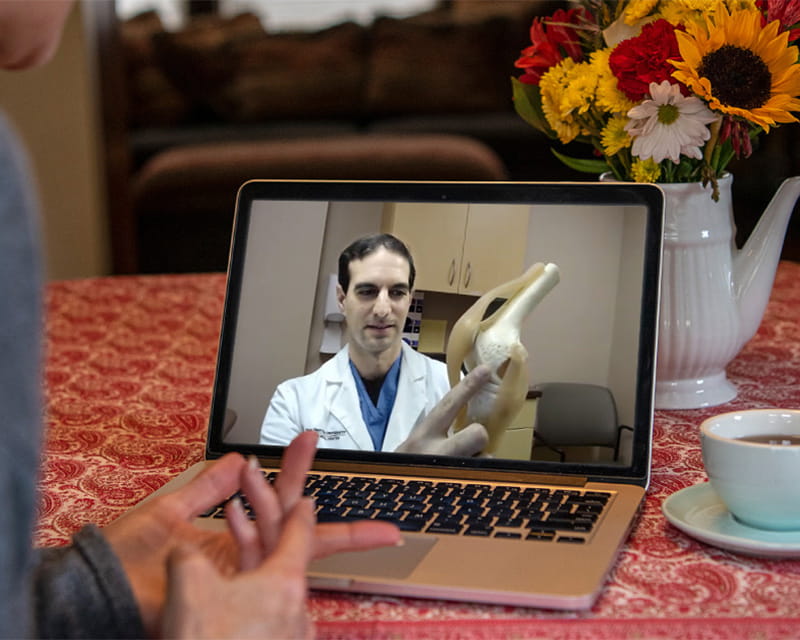
improving patient care
 In March, as COVID-19 began spreading across the U.S., health care providers scrambled to find ways to stay in touch with patients and provide needed care without risking exposure of staff or patients. Telehealth suddenly became a vital resource, with many providers making use of it for the first time and many payers expanding coverage.
In March, as COVID-19 began spreading across the U.S., health care providers scrambled to find ways to stay in touch with patients and provide needed care without risking exposure of staff or patients. Telehealth suddenly became a vital resource, with many providers making use of it for the first time and many payers expanding coverage.
For the orthopedics team at The Ohio State University Wexner Medical Center, the use of telehealth was a new challenge — and physicians and staff members rose to the occasion.
“We have nurse practitioners, nurses, athletic trainers, as well as our physicians who had never really done telehealth or even knew the nuances of billing and coding and using the technology,” says orthopedic surgeon Carmen Quatman MD, PhD. “We met daily with a group of surgeons, primary care doctors, advanced practice providers, physical therapists, billing and coding specialists, information technology and numerous other stakeholders where we worked very closely to try to triage and learn the technology quickly.”
The team makes use of many platforms, including Epic, Doximity, Zoom and other services, and they made the transition to telehealth at warp speed.
“Prior to COVID, we had zero telehealth outreach,” Dr. Quatman says. “Our ramp-up started around March 8, and by March 14, around 80% of our episodes of care were by telehealth only.”
Many patients were quick to embrace the new reality, and even older patients who might not have been as comfortable with the technology have come to appreciate it.
“It seems that we have a very large number of geriatric patients who are not only willing to try it, but now prefer it, and it’s their choice of care delivery when possible,” Dr. Quatman says. “It has really opened up avenues of care for patients who aren’t able to present to our clinic. It’s also helped us lighten the load for the emergency department by providing guidance to urgent care providers so that patients can skip the ER and be treated in a more peripheral setting.”
From the provider’s perspective, telehealth can actually help improve patient relations, Dr. Quatman says.
“Right now, it’s a way to safely connect with patients face to face,” she says. “When I see them in clinic, I’m wearing a mask, they're wearing a mask, and we go through the steps of decision-making all wearing masks. The telehealth encounter allows us to see each other’s faces and build trust during a somewhat scary time for many patients. And I don’t have to wait for my next clinic to talk to them. It’s allowed me to really flex, in a way, to be even more available for my patients. I think the word of the year for 2020 for many is ‘pivot,’ and we were able to pivot very quickly to provide high-quality care in this challenging setting.”